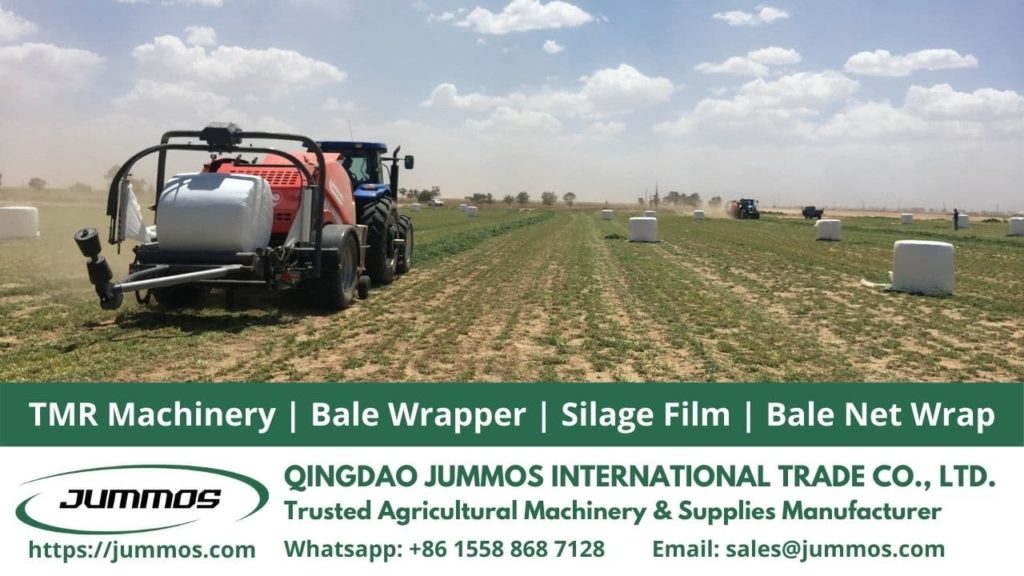For any farming, the healthiness of the livestock relates to the way of their treatment. Many factors need to be considered proportionally as someone wants to start the business. Feed is one of the essential lists. The success of the livestock business means the readiness of the ability of feed adequacy management. We spend almost 80% of the total production costs providing the feed. Cows or other herbivores are naturally plant-eater. Of course, the effort to provide grass as the primary food is vital. But the problem arises as the grass is not available for years. That’s why the feed preservation process is done, such as hay production.
Contents
The Process And The General Characteristics
Natural conditions affect the availability of forage. In the dry season, the yield will decrease. The different state happens in the wet season—the effort to preserve the feed by drying the forage. Hay is grass, legumes, or dried agricultural waste. That is used as feed for livestock ruminants. We could not be rude in processing it. Here are some characteristics of hay:
- Hay in young cattle can improve the development of rumen function, while in adult cattle. The dry matter content in hay can increase the absorption of food ingredients.
- The hay quality is very good where the palatability of livestock is increased.
- Hay quality varies depending on the weather; some nutrient units will be reduced in the rainy season.
- Hay, compared to silage, is four times lighter with the same higher dry content.
To obtain high nutritional value and high palatability, forage or legumes must be cut before flowering. Then the forage is allowed to dry in the field or by machinery drying. Hay drying value should be less than 60%.
After harvesting, the binding is done at the end as for agricultural waste. The drying process is done by hanging it on bamboo or wood made of a kind of clothesline. As we just need the shade, it is not exposed to rain or direct sunlight to avoid a drastic decrease in nutrients.
How To Store And Feed With Hay
Feed is something that needs to be considered, taken into account, and carefully prepared in the livestock business. In ruminant farms where the need for fibrous feed is relatively large and is generally met from the provision of forage, this condition requires livestock business actors to be creative in providing forage when there is a shortage. The most logical solution is to store and preserve forage when it is abundant.
Hay can last up to three years if stored properly. The right way to store hay is in conditions of 18-22% moisture content. However, if you want it does not change much during the storage process for several years, store the hay at 12-15% moisture.
There are several methods of storage. In decomposed conditions, we use a 25% moisture value. We store in rolls with 20-22% moisture content. Store in chopped shape with a moisture content of 18-22%. Then, you prefer in blocks or cubes with a moisture content of between 16-17%. It is also common to save in conditions of 25% moisture content. It will work only where the blocks are in large sizes.
How to feed the ruminants?
Give it directly throughout the day. Giving 1 kilogram of hay is equivalent to have 7 kilograms of fresh grass. If the animal lacks feed, train them by giving it little by little but constantly. Consider using the combination with fortifying source or concentrate feed needs.
In conclusion, feeding hay to livestock depends on how it is stored. The feeding process should be done gradually so that livestock can adjust and get used to the feed. However, to make sure you get high-quality hay, you need to handle it with specialized machinery.
Do you have any confusion about finding the best one? We provide many types of agricultural machinery. We are involved in efforts to support the advancement in the agricultural field. Fulfill your needs and item, be part of success with Jummos. There are many satisfying offers for bale wrapper and tmr mixer, so what are you waiting for?

